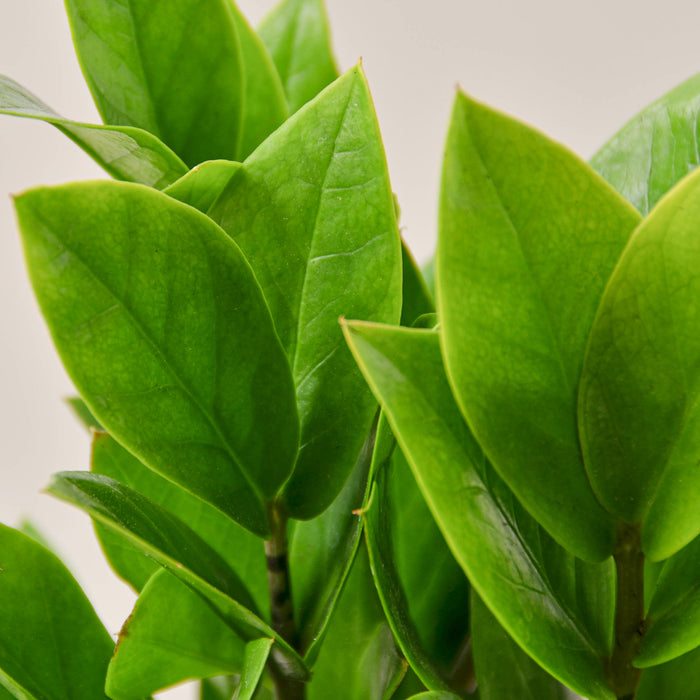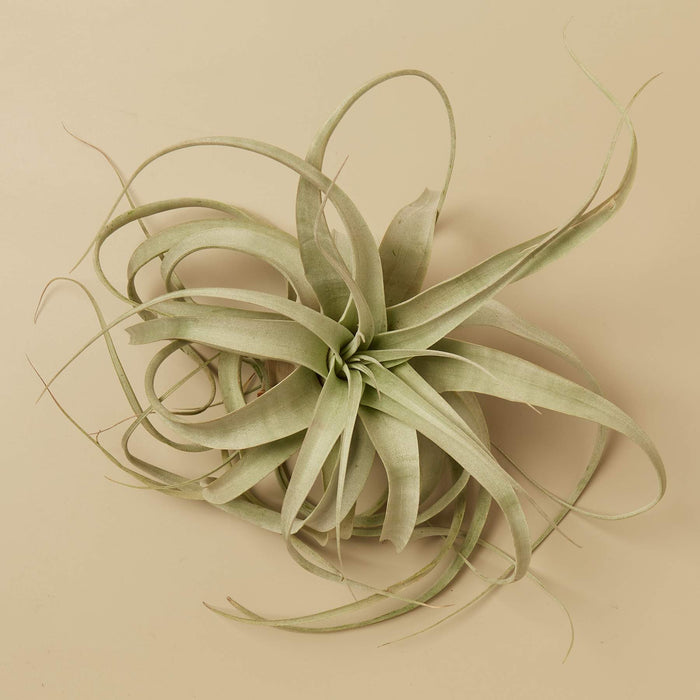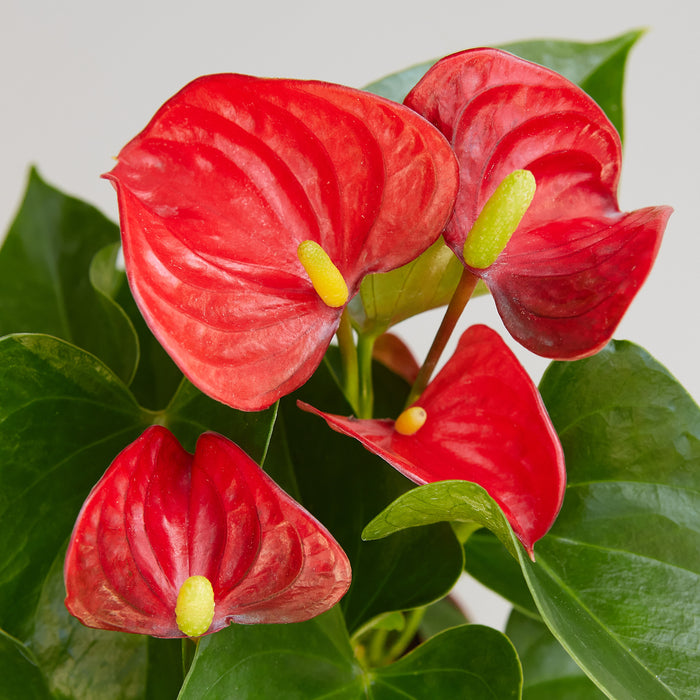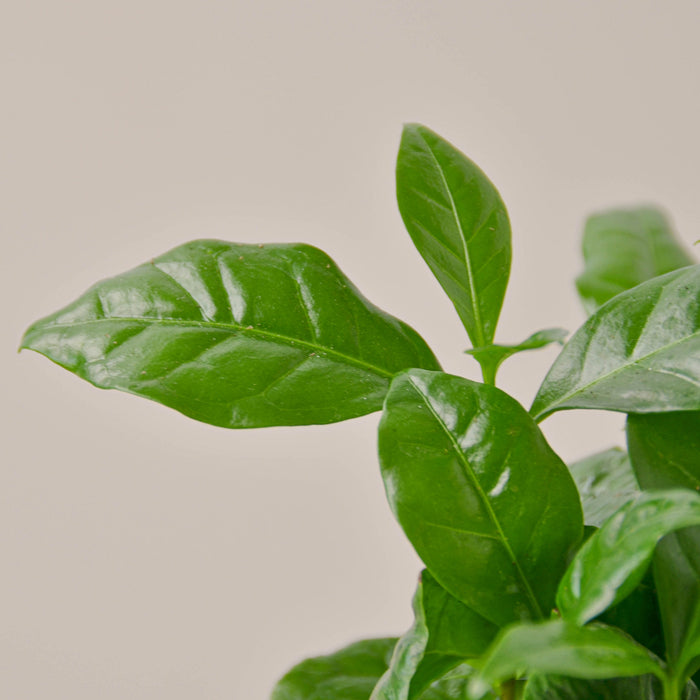
Digital Care Guide
Access our digital care guide booklet here. It includes species-specific care info with lots of great plant tips!
Read now

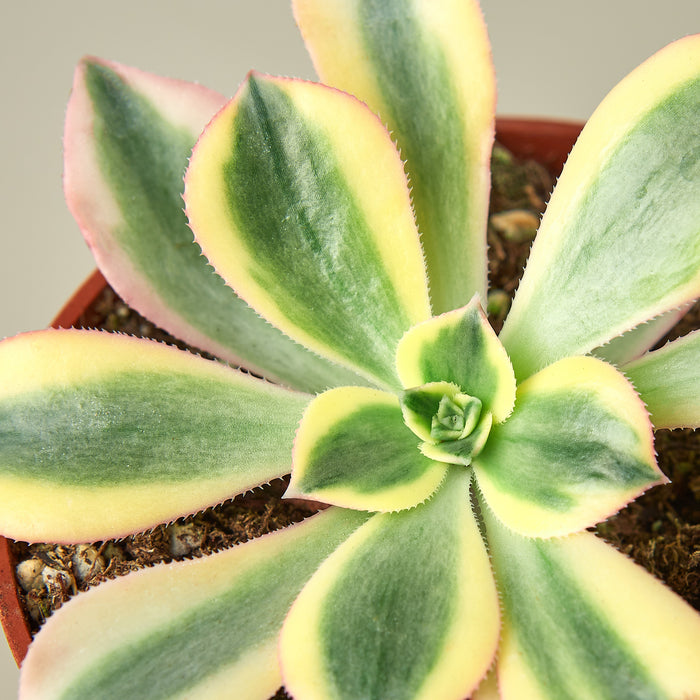
Succulents, Cacti, and Aloe Plants are some of the easiest plants to care for. They are adaptive and can survive many conditions!
